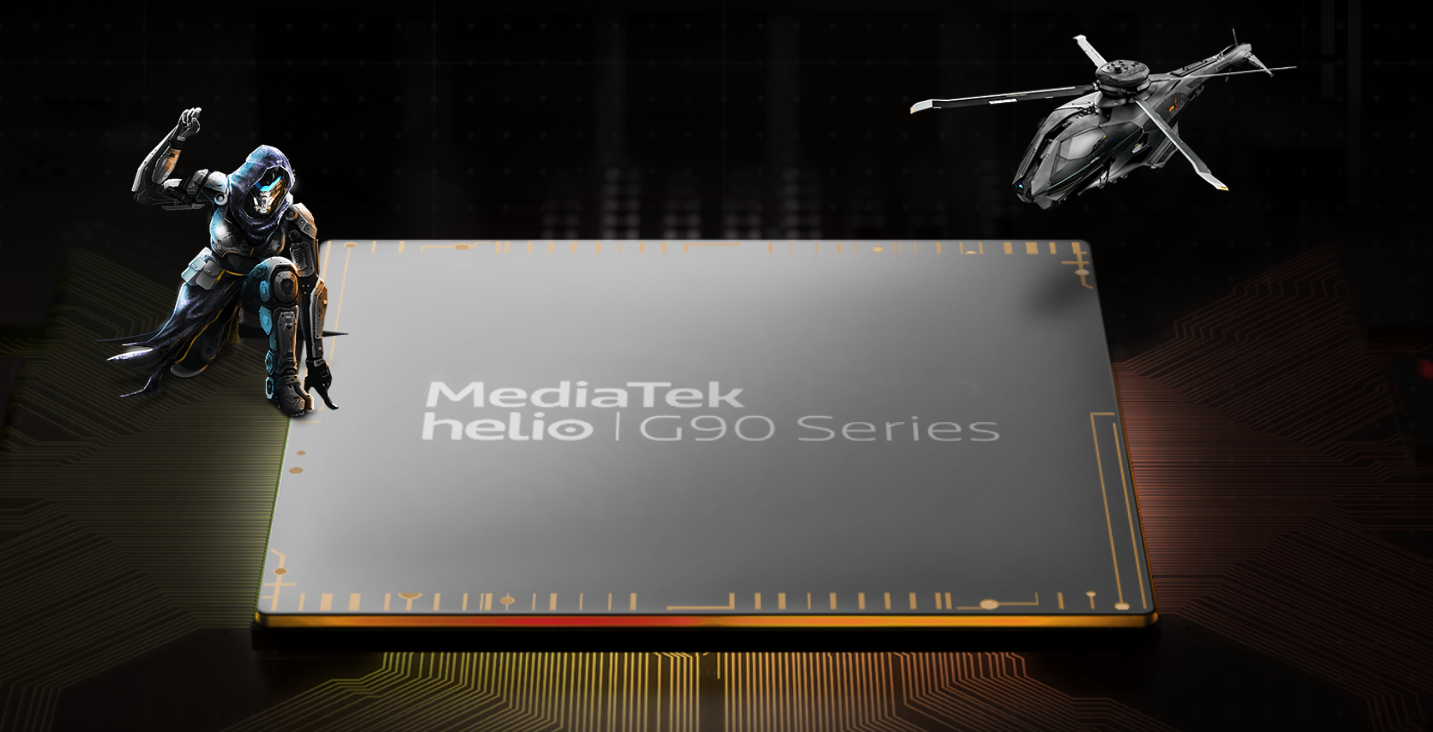MediaTek, today, announced two new mobile processors designed for gaming. The Helio G90 and Helio G90T are the first of the new gaming-focused line of mobile SoCs from the Taiwanese semiconductor company.

MediaTek Helio G90 & G90T – our first
G-Series chipsets – are exclusively
designed to be the core of an incredible
smartphone gaming experience
The Helio G90 series is built on the 12nm FinFET node design. They are octa-core processors with a combination of Arm’s Cortex-A76 and Cortex-A55 cores with a clock speed of up to 2.05GHz and a large L3 cache. There is also an Arm Mali-G76 3EEMC4 GPU clocked at up to 800MHz with support for a maximum display resolution of 2520 x 1080. The SoC supports up to 10GB of LPDDR4x RAM and UFS 2.1 storage.

Paired with MediaTek’s HyperEngine game technology which has features like Dual-WiFi connection which allows you to connect to two separate bands simultaneously; Rapid Response Engine for accurate and lag-free touch input; Call and Data Concurrency which defers calls to keep your game’s connection; Picture Quality Engine which supports HDR10, faster and smoother framerates and low-latency while keeping power consumption low; Intelligent resource management for the best performance; and Intelligent network prediction engine which seamlessly switches between Wi-Fi and LTE for an uninterrupted gameplay when it senses one is degrading.
The Helio G90 series support single 64MP and 48MP cameras as well as dual 24MP + 16MP cameras with support for Night Mode and real-time previews. It has a Cat-12 LTE WorldMode modem with download speeds up to 1Gbps, support for dual 4G and VoLTE and ViLTE. The modem supports 3x carrier aggregation and 4×4 MIMO technology. There is also Bluetooth 5.0.
As expected AI also takes a front-seat, this is a MediaTek processor after all. The G90 series boasts a total of 1TMSACs of AI performance which will come in handy for AI face recognition and AI camera features.
The Helio G90 and Helio G90T are also the first SoCs in the world to have dual wake-up support. What this means is that they can listen for more than one trigger word to wake up virtual assistants.
There is no info on when the processors will show up in devices.






